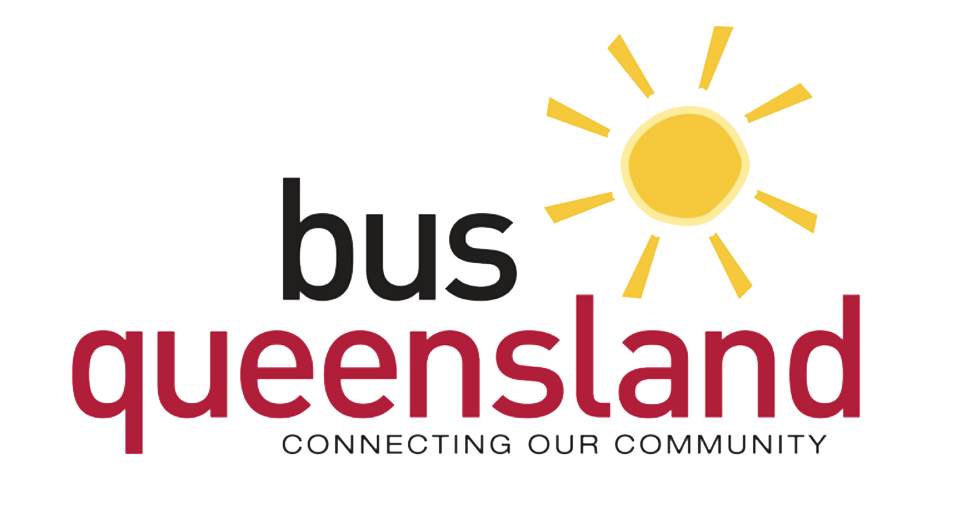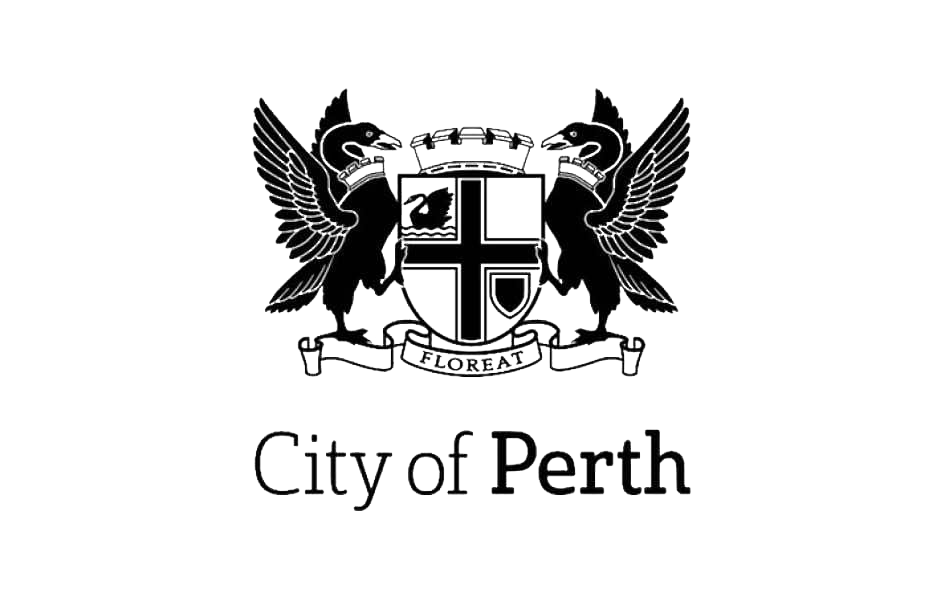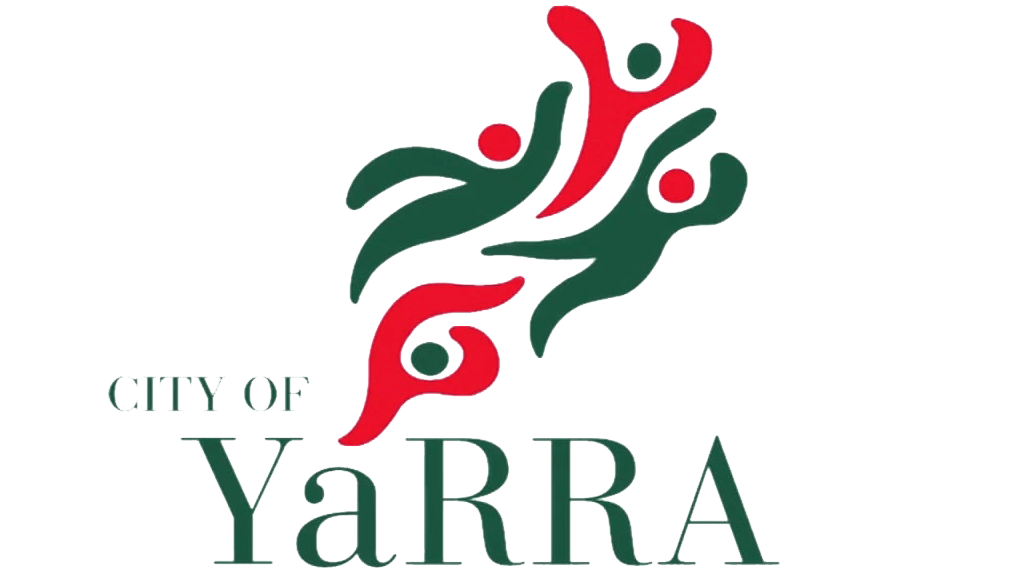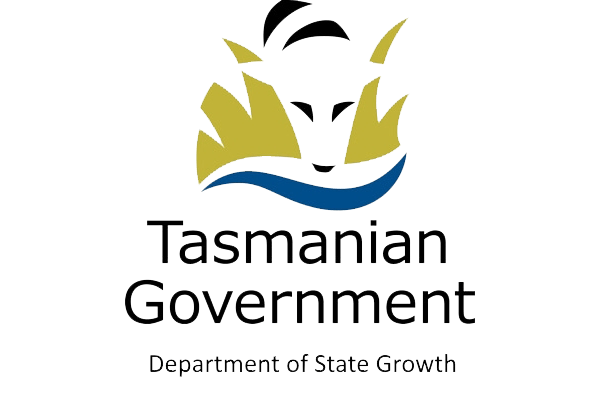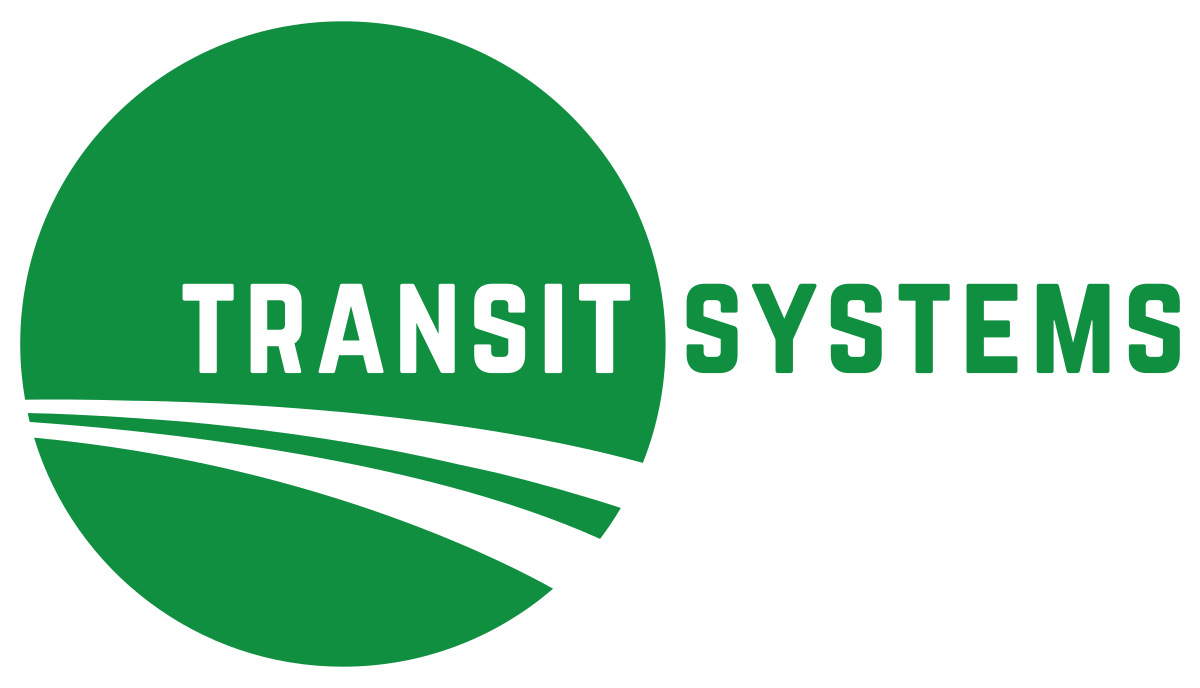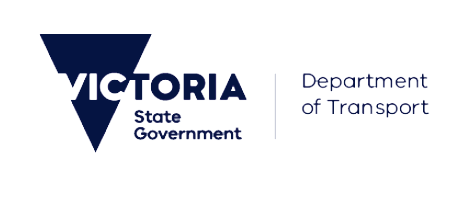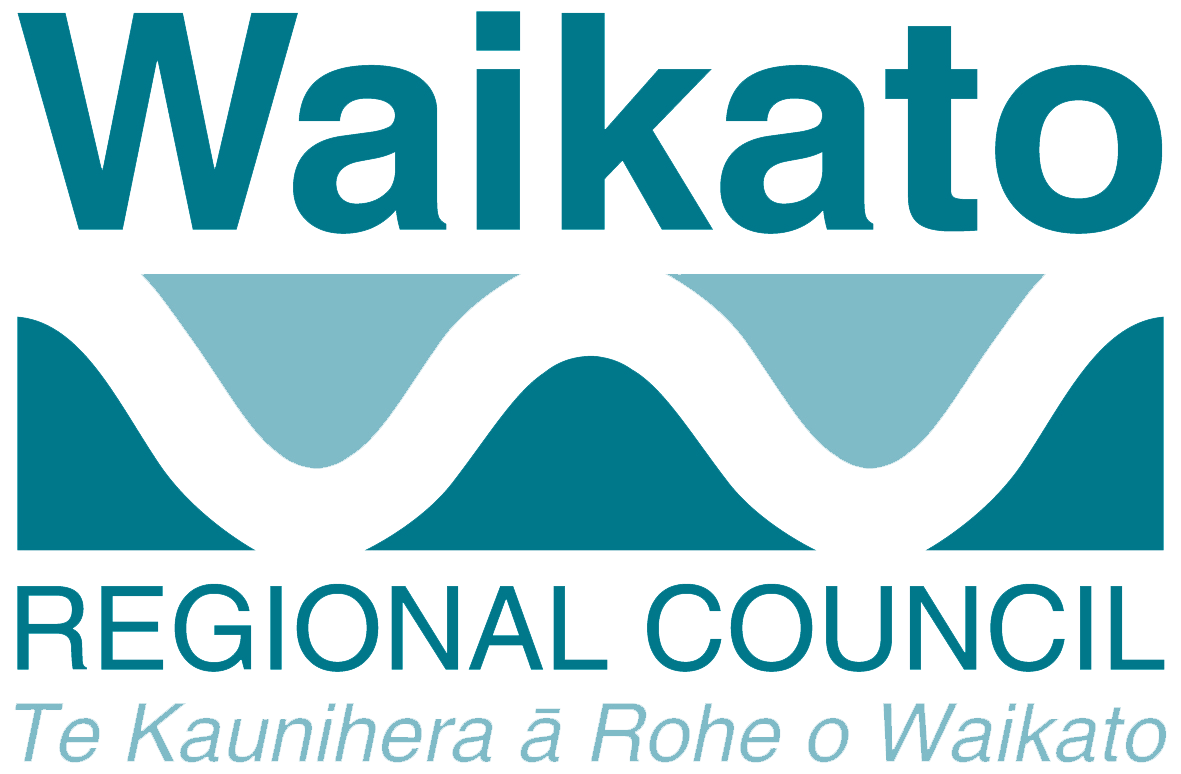Project Description
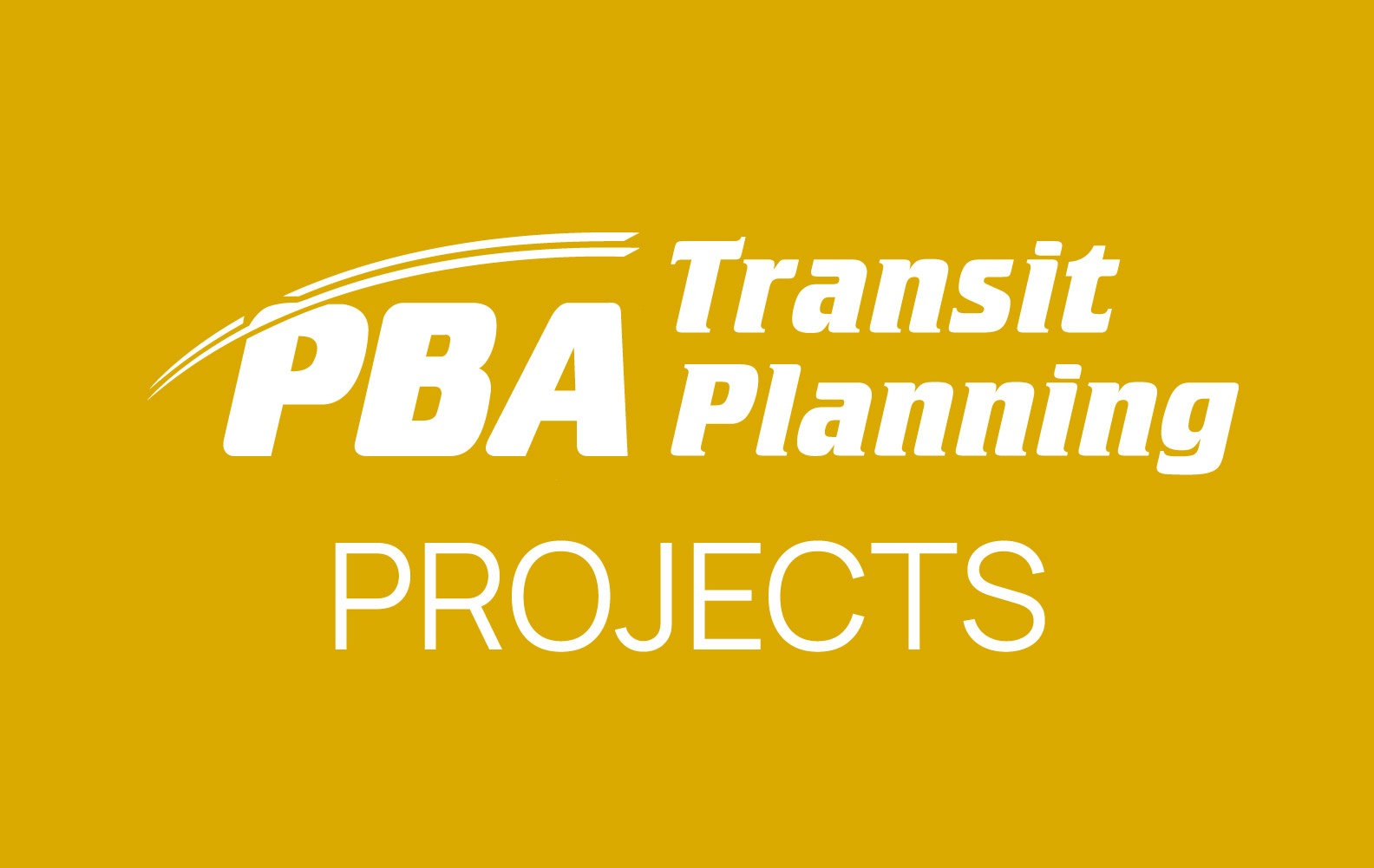
As part of the Invicta Intermodal Study, Phillip Boyle & Associates conducted a survey of all urban and school services. The survey covered 22 urban routes and 80 school special services. It also included the Invicta Telebus services, which required data to be collected at non-designated stops. Data for all trips was collected twice. Run-time data was collected for in-service and dead running.
A major component of the survey was the collection of data about passenger transfers between buses and trains, which we completed for every trip. The matrix provided to PTV was used to support transport planning.
Phillip Boyle & Associates conducted a follow-up survey (post-implementation) to assess changes to patronage and passenger connections.
Highlights
Survey Type: On-board count
Survey Approach: Automated collection using iPads; an advanced GIS tool was developed, as the bus stops were not known and we had to track who got on where
Scope of Works
Outputs
Outputs provided to PTV included:
- Detailed maps in our specialised format, showing patronage data
- Detailed database providing boardings by trip, location and school, in a queryable format
- Maps showing expected route paths compared to observed route alignments (for school services)
- Complete patronage database to support network planning tasks
- GIS location data for Telebus boardings
- Connection and transfers matrix.
Key Challenges
The survey task was complex due to the combination of school services, urban routes and Telebus services. The school runs were interlined with regular route services. School service surveys are extremely sensitive and the process required extensive daily liaison with schools, Invicta and PTV.
The high number of transfers between buses and trains made tracking difficult and it was essential to provide PTV with accurate and comprehensive data about transfers as it would underpin future network planning.
The process of managing survey staff and getting them to remote locations and schools was also challenging.

